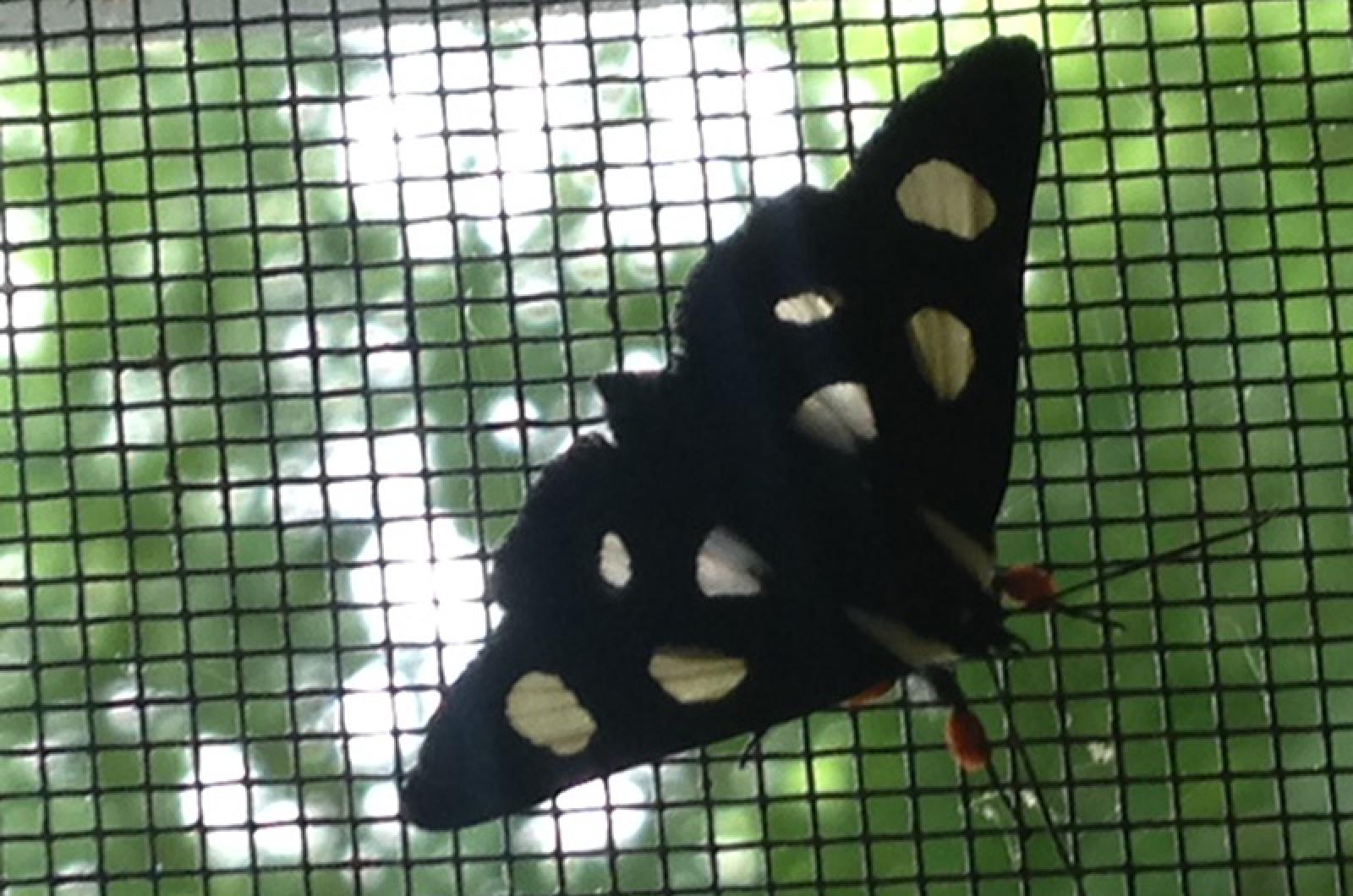Well-named species make me happy.
Descriptive and observable nomenclature for plants and animals appeal to my love of the obvious and can assist in the identification and understanding of species. Consider the green snake, the spotted turtle and the gray seal: all are pretty useful names for identification purposes.
Johann Christian Fabricius might have had the same affection for spot-on nomenclature or perhaps he just ran out of creative names. Fabricius was an 18th-century Danish zoologist who specialized in insects. A student of Carl Linnaeus and a classifier of species, Fabricius had his own claims to fame. He named almost 10,000 species of animals. An innovator and individualist, he developed his own system of classifying insects based on the characteristics of their mouth parts, rather than on the wing-based standard of the time, insisting “those whose nourishment and biology are the same, must then belong to the same genus.”
One of his named species recently caught my eye. Alypia octomaculata, the eight-spotted forester moth, looks just like it sounds. Its black wings each have two yellow or white spots, totaling (not surprisingly) eight, and it lives on the edge of forests and fields.
While this insect might have a descriptive name, it has a confusing lifestyle for a moth.
Many of us know the general differences between butterflies and moths: moths usually fly at night, have feathered antennae and are drabber than their butterfly kin, which are known for flying during the day, having clubbed antennae and being usually more colorful than moths.
The eight-spotted forester shatters these conventions (Fabricius probably would have approved). This moth is a day-flyer that can be seen sipping flower nectar, has slender antennae (though it lacks the club on the end) and is brightly colored, making it a bit of a butterfly mimic. It also has hairy orange tufts on its first and second pair of legs, which resemble the pollen baskets of bees, giving this species even more of an identity crisis.
This member of the owlet moth family, Noctuidae, can be seeing flying much of the summer. When it is not sipping nectar, it can be found among grape vines and Virginia creeper, plants that its progeny require. Eggs are laid on these plants so that the ensuing caterpillar has a larval food source. This means that this moth can be considered a pest to grape farmers.
Eight-spotted forester moth caterpillars have their own unique qualities. As a defense strategy, they will vomit orange liquid to deter their predators. If their puking prowess doesn’t repel their enemy, they also try rappelling; channelling their inner inchworm, they will plunge off a leaf, hanging by a thread, to escape. Those caterpillars that survive will feast before turning into pupae that will overwinter in wood crevasses and pulp.
Co-opting the attributes of bees, butterflies, moths and inchworms, this is one identity-confused species! Perhaps that was what inspired Fabricius to pin it down (figuratively, of course) by making its identity unmistakable, no matter its behavior.
Suzan Bellincampi is director of the Felix Neck Wildlife Sanctuary in Edgartown, and author of Martha’s Vineyard: A Field Guide to Island Nature.




Comments (3)
Comments
Comment policy »